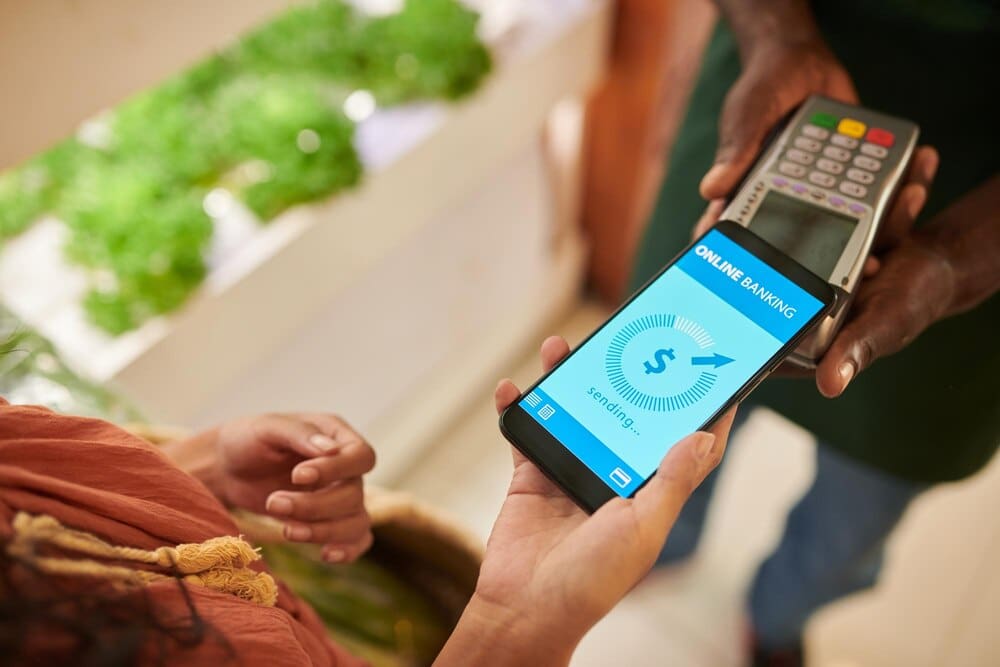Digital wallets, led by major platforms like Apple Pay and Google Pay, are rapidly replacing physical cards and cash, fundamentally changing how consumers and businesses conduct transactions worldwide. These software-based systems, housed on smartphones and smartwatches, securely store a user’s payment information, offering a faster, more secure, and significantly more convenient method for making purchases both online and in physical stores. This shift, accelerated by near-universal smartphone adoption and changing consumer habits, is driven by powerful security technologies like tokenization and biometrics, which protect financial data far more effectively than the vulnerable magnetic stripes on traditional credit and debit cards.
What Exactly is a Digital Wallet?
At its core, a digital wallet is an application on a connected device that serves as a virtual container for your financial life. Think of it as the digital equivalent of your leather billfold, but with enhanced capabilities. It securely stores digital versions of your credit cards, debit cards, and, in many cases, bank account information.
Instead of carrying a stack of plastic, you simply load your cards into the wallet app one time. From that point on, your smartphone or smartwatch becomes your primary payment tool. This system streamlines checkout processes, reducing them to a simple tap or a click.
But modern digital wallets go far beyond just payments. They have evolved into comprehensive hubs for managing various aspects of your daily life, capable of storing loyalty cards, event tickets, airline boarding passes, public transit passes, and even digital versions of your driver’s license or car keys.
How Digital Wallets Work: The Technology Explained
The magic behind the convenience and security of digital wallets lies in a combination of sophisticated technologies working in seamless concert. Understanding these components is key to appreciating why they are considered a major leap forward in payment security.
NFC: The Tap-to-Pay Enabler
For in-person payments, the primary technology used is Near Field Communication (NFC). NFC is a form of short-range wireless communication that allows two devices—your smartphone and a payment terminal—to exchange data when they are brought within a few centimeters of each other.
When you hold your phone near an NFC-enabled card reader, it powers the chip in your phone and initiates a secure data exchange to complete the transaction. This “contactless” payment method is incredibly fast and is now a standard feature in most modern smartphones and point-of-sale (POS) systems across the globe.
Tokenization: The Security Cornerstone
The single most important security feature of a digital wallet is tokenization. When you add a credit or debit card to a service like Apple Pay or Google Pay, your actual 16-digit card number is not stored on your device. Instead, the wallet provider works with your bank and the card network (like Visa or Mastercard) to create a unique, encrypted digital identifier called a “token.”
This token, also known as a Device Account Number, is specific to your individual device. When you make a purchase, it is this token—not your real card number—that is transmitted to the merchant’s terminal. For added security, each transaction is also authorized with a one-time-use dynamic security code.
This process means that merchants never see or handle your actual card details. If a merchant’s system were ever breached, hackers would only find a list of useless tokens. Similarly, if your phone were lost or stolen, your card numbers would not be compromised because they are not physically stored on it.
Biometric Authentication
To prevent unauthorized use, every digital wallet transaction must be authenticated by you, the owner. This is typically done through biometrics, such as fingerprint readers (Touch ID) or facial recognition (Face ID) on iPhones, or similar fingerprint and face unlock systems on Android devices. Alternatively, you can use your device’s passcode.
This step ensures that even if someone else has your phone, they cannot make a payment without your unique biological signature or passcode. It adds a powerful layer of personal security that a physical card, which can be easily used by anyone who finds it, simply cannot match.
The Major Players: A Comparative Look
While the underlying technology is similar, the major digital wallet providers differ in their ecosystem integration, features, and platform availability.
Apple Pay
Deeply integrated into Apple’s hardware and software ecosystem, Apple Pay is available exclusively on the iPhone, Apple Watch, iPad, and Mac. Its primary strengths are its user-friendly interface and a strong emphasis on user privacy. Apple explicitly states that it does not store your original card numbers on its servers and does not track what you buy, ensuring transaction details remain between you, the merchant, and your bank.
Google Wallet
Previously known as Google Pay, Google Wallet is the default option for the Android ecosystem. Its biggest advantage is its broad availability on nearly all Android devices, regardless of the manufacturer. Google Wallet is designed to be a comprehensive digital carryall, heavily integrating features for storing transit passes, tickets, and loyalty cards. It also leverages Google’s vast data ecosystem to sometimes provide personalized offers and insights.
Samsung Wallet
Samsung Wallet, which absorbed the former Samsung Pay app, is exclusive to Samsung Galaxy devices. For years, its killer feature was Magnetic Secure Transmission (MST), a technology that could mimic the magnetic stripe of a physical card. This allowed it to work with older card readers that lacked NFC, giving it a significant early advantage in merchant acceptance. However, as NFC has become nearly ubiquitous, Samsung has begun phasing out MST in its newer flagship phones.
Other Notable Wallets
Beyond the big three, other platforms serve more specific niches. PayPal, a pioneer in online payments, has expanded its app to include in-store payments via QR codes. Apps like Venmo and Cash App are primarily known for peer-to-peer (P2P) payments but have also rolled out debit cards and payment features that allow users to spend their balances directly with merchants.
The Benefits of Going Digital
The rapid adoption of digital wallets is fueled by a clear set of advantages over traditional payment methods.
Enhanced Security
The combination of tokenization and biometric authentication makes digital wallets inherently more secure than physical cards. The risk associated with card skimmers, data breaches at retailers, and physical theft of your wallet is dramatically reduced.
Unmatched Convenience
The speed and ease of tap-to-pay at a physical checkout are undeniable. For online shopping, digital wallets eliminate the tedious and risky process of manually entering your card number, expiration date, and security code for every purchase. Everything is reduced to a single, authenticated click.
An Expanded, All-in-One Hub
Digital wallets are increasingly becoming central to our digital lives. The ability to store everything from a concert ticket to a boarding pass in the same place you keep your payment cards simplifies organization and reduces the number of physical items you need to carry.
Potential Downsides and Considerations
Despite the numerous benefits, there are a few practical limitations to consider.
Device Dependency
The most obvious drawback is that a digital wallet is useless if your device’s battery is dead. This necessitates a backup plan, whether it’s carrying a physical card or ensuring your device stays charged. Furthermore, if you lose or break your phone, you lose immediate access to your payment methods until you can set them up on a new device.
Acceptance and Infrastructure
While contactless payment is now widespread, it is not yet universal. Some smaller businesses or merchants in less developed areas may not have NFC-enabled terminals, forcing you to revert to a physical card or cash.
The Future of Digital Wallets
The evolution of the digital wallet is far from over. The next phase will see them become even more integrated into the fabric of our society.
Digital Identity
A major frontier is the integration of official government-issued identification. Several U.S. states have already partnered with Apple and Google to allow residents to store a digital version of their driver’s license or state ID in their wallet. This will enable seamless and secure age verification, airport security checks, and more, all from a smartphone.
Deeper Financial Integration
Expect digital wallets to evolve into full-fledged personal finance management platforms. They will likely incorporate budgeting tools, spending analytics, subscription management, and even access to new financial products like cryptocurrency, stocks, and high-yield savings accounts directly within the wallet interface.
In conclusion, digital wallets represent a paradigm shift in personal finance technology. They have moved beyond being a simple novelty for tech enthusiasts to become a mainstream tool that offers a genuinely better experience—one that is more secure, efficient, and versatile than the physical wallet it is destined to replace. As they continue to integrate identity, finance, and access control, these powerful applications are cementing the smartphone’s role as the central hub of modern life.








